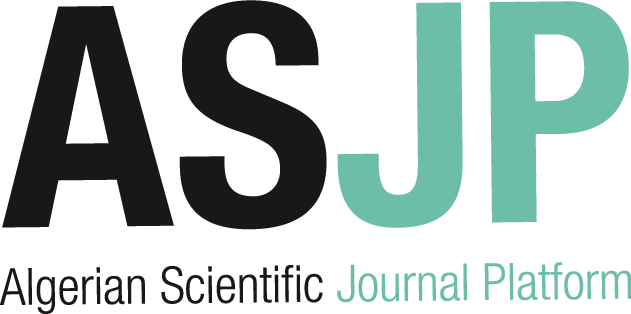[article]
| Titre : |
Modeling of freezing phenomena induced by chemical reactions |
| Type de document : |
texte imprimé |
| Auteurs : |
K. S. Gandhi, Auteur |
| Année de publication : |
2010 |
| Article en page(s) : |
pp. 9755–9762 |
| Note générale : |
Chemical engineering |
| Langues : |
Anglais (eng) |
| Mots-clés : |
Freezing Reactive solute |
| Résumé : |
Spatial variations in the concentration of a reactive solute in solution are often encountered in a catalyst particle, and this leads to variation in the freezing point of the solution. Depending on the operating temperature, this can result in freezing of the solvent on a portion of catalyst, rendering that part of the active area ineffective. Freezing can occur by formation of a sharp front or a mush that separates the solid and fluid phases. In this paper, we model the extent of reduction in the active area due to freezing. Assuming that the freezing point decreases linearly with solute concentration, conditions for freezing to occur have been derived. At steady state, the ineffective fraction of catalyst pellet is found to be the same irrespective of the mode of freezing. Progress of freezing is determined by both the heat of reaction and the latent heat of fusion. Unlike in freezing of alloys where the latter plays a dominant role, the exothermicity of the reaction has a significant effect on freezing in the presence of chemical reactions. A dimensionless group analogous to the Stefan number could be defined to capture the combined effect of both of these. |
| En ligne : |
http://pubs.acs.org/doi/abs/10.1021/ie9003514 |
in Industrial & engineering chemistry research > Vol. 48 N° 21 (Novembre 2009) . - pp. 9755–9762
[article] Modeling of freezing phenomena induced by chemical reactions [texte imprimé] / K. S. Gandhi, Auteur . - 2010 . - pp. 9755–9762. Chemical engineering Langues : Anglais ( eng) in Industrial & engineering chemistry research > Vol. 48 N° 21 (Novembre 2009) . - pp. 9755–9762
| Mots-clés : |
Freezing Reactive solute |
| Résumé : |
Spatial variations in the concentration of a reactive solute in solution are often encountered in a catalyst particle, and this leads to variation in the freezing point of the solution. Depending on the operating temperature, this can result in freezing of the solvent on a portion of catalyst, rendering that part of the active area ineffective. Freezing can occur by formation of a sharp front or a mush that separates the solid and fluid phases. In this paper, we model the extent of reduction in the active area due to freezing. Assuming that the freezing point decreases linearly with solute concentration, conditions for freezing to occur have been derived. At steady state, the ineffective fraction of catalyst pellet is found to be the same irrespective of the mode of freezing. Progress of freezing is determined by both the heat of reaction and the latent heat of fusion. Unlike in freezing of alloys where the latter plays a dominant role, the exothermicity of the reaction has a significant effect on freezing in the presence of chemical reactions. A dimensionless group analogous to the Stefan number could be defined to capture the combined effect of both of these. |
| En ligne : |
http://pubs.acs.org/doi/abs/10.1021/ie9003514 |
|


 Ajouter le résultat dans votre panier Faire une suggestion Affiner la recherche
Ajouter le résultat dans votre panier Faire une suggestion Affiner la rechercheModeling of freezing phenomena induced by chemical reactions / K. S. Gandhi in Industrial & engineering chemistry research, Vol. 48 N° 21 (Novembre 2009)











